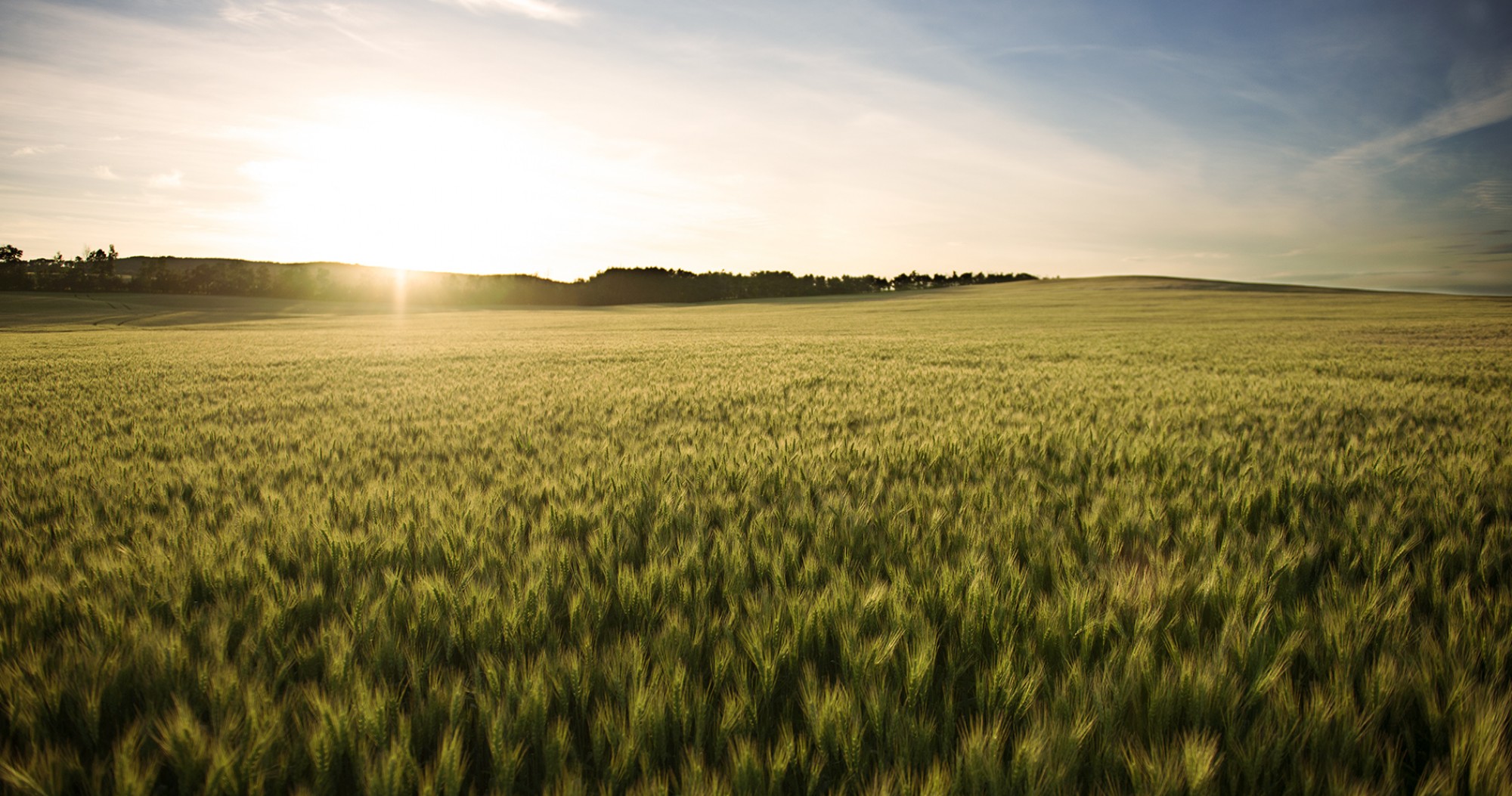Sustainable Agriculture Strategy
If your head is spinning these days with the use of the word ‘sustainability’ or ‘climate change’, not to mention the abounding programs and policies, you are not alone. While they are not new concepts, the rate of implementation of various initiatives in this space can be dizzying.
Canada supported the ambitious Paris Agreement, ratifying its commitment to reduce greenhouse gas emissions (GHG) by 30 per cent below 2005 levels by 2030, and doubled down on this goal by promoting a commitment in legislation to achieve net-zero emissions by the year 2050 through the Canadian Net-Zero Emissions Accountability Act.
Canada’s 2030 Emissions Reduction Plan includes agriculture not only to reduce its some 73 Mt of greenhouse gas emissions, but also to leverage agricultural lands to store carbon as a nature-based solution. With only seven growing seasons to meet this ambitious target, the Government of Canada has made significant program investments in addition to setting a national (voluntary) emission reduction target of 30 per cent below 2020 levels by 2030 – which was not well received by farmers (you can see our response here).
The Sustainable Agricultural Strategy (SAS), not to be confused with the Sustainable Canadian Agricultural Partnership, is the latest initiative by the federal government as yet another step toward strengthening action on climate change. Based on the discussion document released by Agricultural and Agri-Food Canada to kick off their consultation on the strategy, it is not entirely clear what the SAS will hope to achieve beyond, ‘…providing an integrated and coordinated approach to improving the agricultural sector’s environmental performance and supporting its long-term vitality.’ Nonetheless, the Alberta Wheat and Barley Commissions, together with Cereals Canada, has reviewed their proposal and provided input on the strategy.
On the positive, the development of the SAS seems to acknowledge the need for any such strategy to be undertaken with economic consideration in mind, set in the context of: growing global demands for food, supporting farmers livelihoods and rural communities as well as maintaining competitiveness, while mitigating on-farm risk. It also establishes, as one of its guiding principles, the need to take a farmer-focused approach when considering practices — a point that was doubled down on in our industry submissions. Farmers were invited to attend a series of town-halls or participate in an online survey during the consultation, but ongoing engagement in the next steps in the strategy development are imperative.
If properly executed SAS could provide an opportunity to further strengthen Canada’s reputation as a reliable producer of high-quality, nutritious and sustainably grown grains. This will require the government to acknowledge the progress made in the sector toward reducing environmental impacts and making Canadian agriculture one of the most sustainable production models in the world. The strategy has to go hand-in-glove with ensuring the appropriate investment and enabling regulations that allow for a balance of environmental performance with economic considerations for farmers. Lastly, any such industry wide strategy needs to take a lens beyond the ‘farm-gate’ and look across the entire agricultural value-chain to make its recommendations, keeping in mind the regionality that is inherent across the Canadian agricultural landscape.
While the formal consultation process for submissions and survey responses closed on March 31, 2023, the Sustainable Agricultural Advisory Committee, made up of a cross-section of agricultural stakeholders including Cereals Canada and Grain Growers of Canada, continues to meet to guide the development of the strategy.

